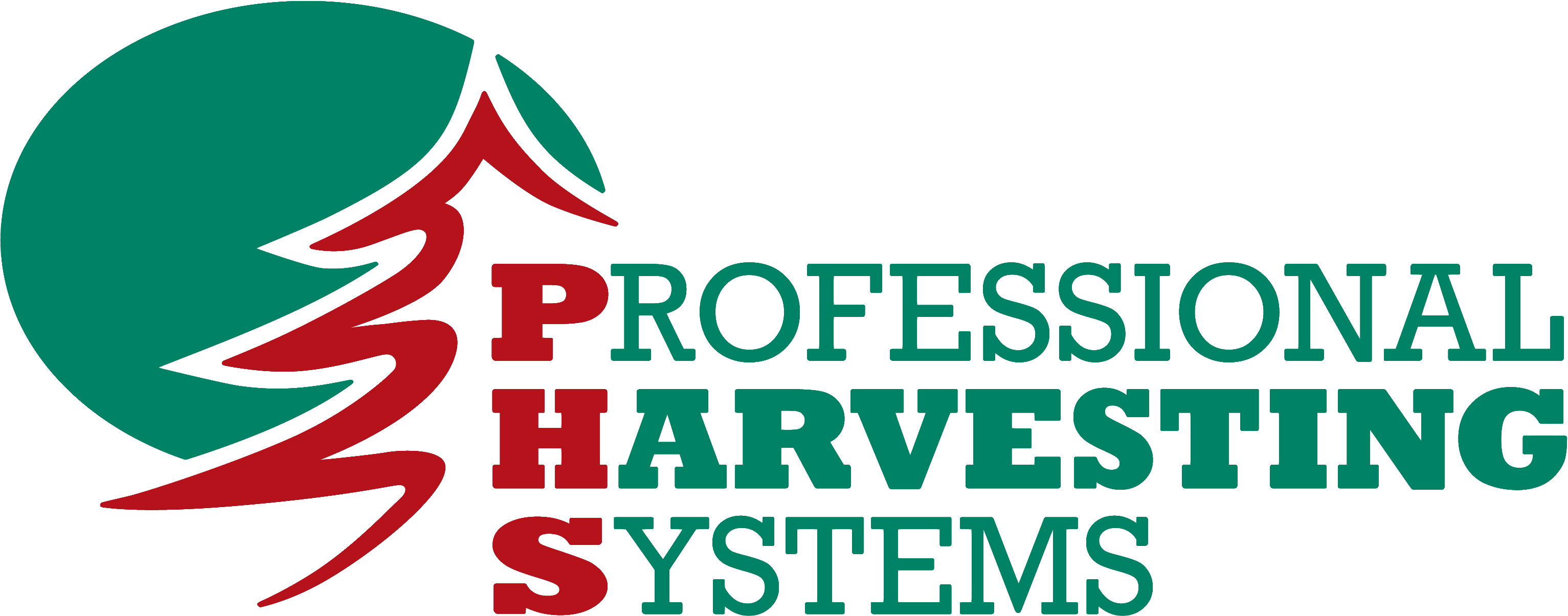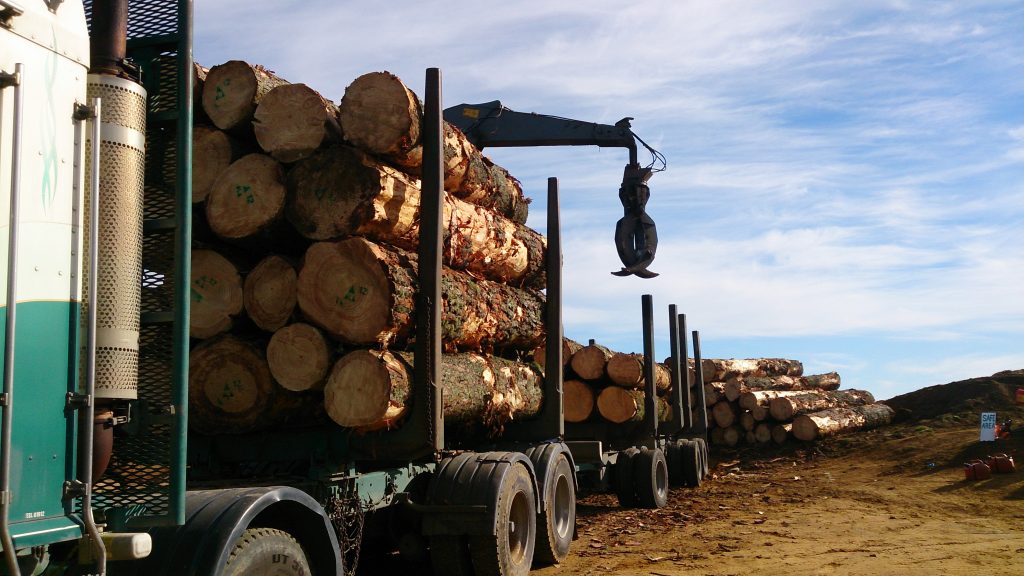
Site Establishment
This is the first stage, where we set up the job before the logging crew is onsite.
Considerations are:
- Ensure the road to the skid is suitable for log truck access
- Gates and entrances to sites will need to be reviewed
- Access to your woodlot can sometimes mean gaining permission from neighbours to use their land or roads; we can work with your neighbours on your behalf to arrange a mutually acceptable access agreement
- We will liaise with you to find suitable Skid sites (log processing areas). These usually need to be a large flat area, approximately 60m x 40m
- We use external roading contractors who have a strong knowledge of forestry roading requirements
- If you have your own appropriate equipment and wish to establish any earthworks we can consult with you on this
- Depending on the type of block and its geographic region sometimes consents for temporary land use change are required.
- Resource consent needs to be thorough and properly put together to avoid delays, and the penalties for harvesting without one can be high.
- If required, PHS, as part forest resource management, will liaise with the Department of Conservation or the Historic Places Trust to acquire any necessary permissions
- Road Controls and land transport liaison
- If your trees are within 2 tree lengths of a road, the tree harvesting company will need to put together a Traffic Management Plan and get council approval to manage the traffic accordingly.
- Liaison with gas, electricity, telephone providers
- PHS will have identified if there are any power pylons, gas mains or telephone lines within the project site and will need to work out a strategy to exclude or minimise impact

Management
Once the project’s infrastructure has been established, we will move the logging crew onsite and oversee their operations on your behalf.
This is a job specific document for the logging crew which advises them how PHS have set up the project and any specific instructions they will need to follow. Such as
- Site specific hazards from a health and safety perspective
- Environmental considerations
- Expectation of log grade recovery and volume
- Max tree height for safe operations
- Latitude and longitude of site to include in their emergency procedures
- Site contact name and phone number
- Truck access consideration
- PHS will make regular visits to the crew, monitoring and reviewing:
- Log quality
- Environmental compliance
- Safety management and paperwork
- Logging crew competencies
- PHS will complete a Management Report at each visit, this is discussed with the crew manager and they will be provided a copy on site.
- There are regular internal and external audits provided on our crews.
PHS will visit regularly to keep you informed on project progress and update you regarding any market changes.
- You will always have a contact number for a representative and our office number if you have anything you need to discuss.
Internally PHS provide documentation to the crews in order to track your logs and measure performance for Health and Safety, Quality and Environmental requirements.
- Docket books to track logs leaving the site
- Daily Work Log
- Daily Felling Plans
- Hazard ID Books
- Near Miss Reports
- Internal Audit books for Skid Work, Machine and Falling
- Safety Inspection Checklist


